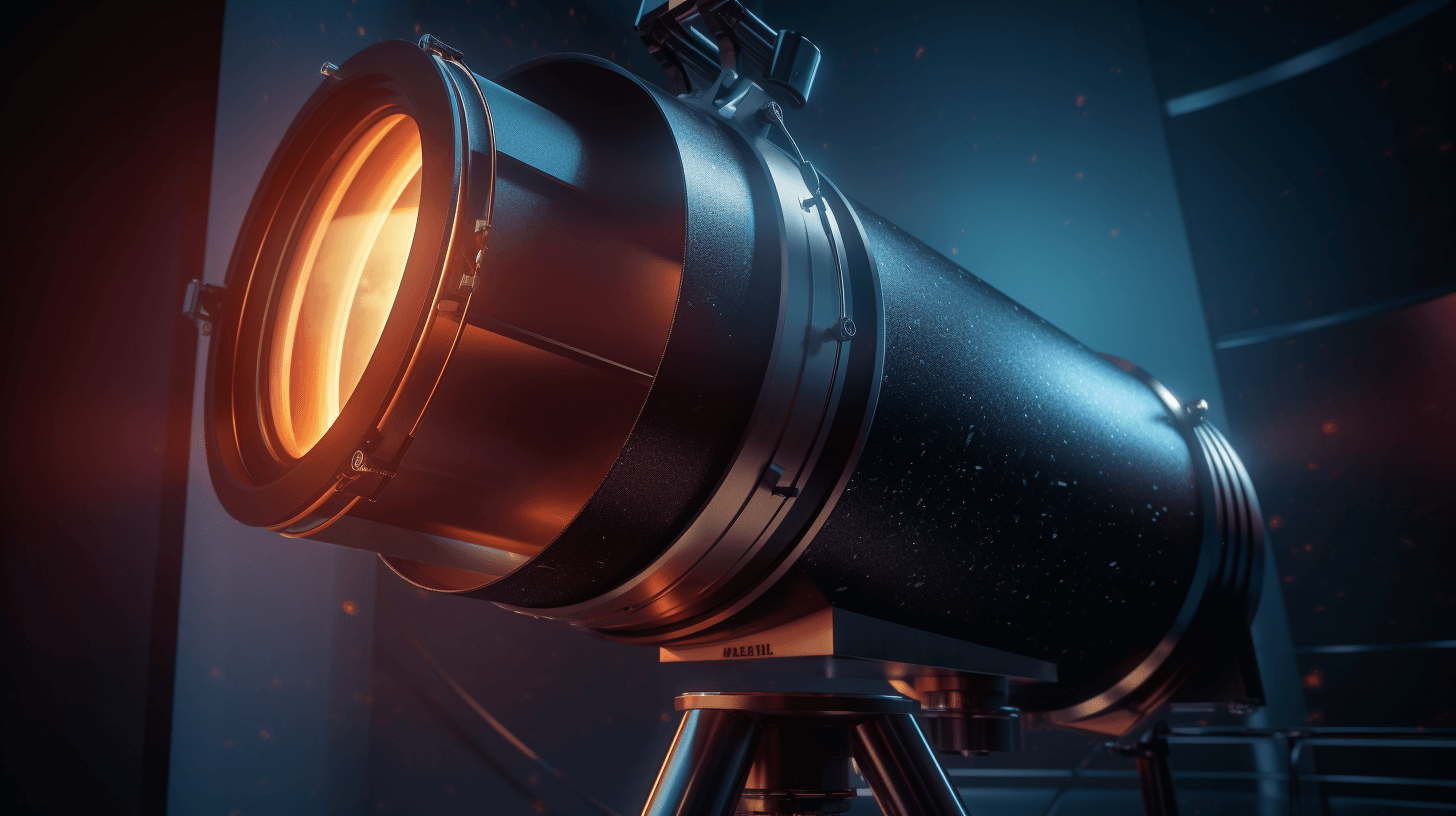🌙💥 Japanese Moon Landah Had One Awry Mission: Three Miles Up, No On Top Da Moon
Las month, one Japanese robotic spacecraft wen crash while he try fo’ land on top da moon. Was one software glitch, dats why. Dis bug wen make da spacecraft tink he stay lower den he really was 🕹️🚀. Ispace, one company from Japan, wen let us guys know dis during one news conference on Friday. Dey wen finish checking out wat wen go wrong during da landing attempt on April 25 🗓️🔍.
Da spacecraft, called Hakuto-R Mission 1 lander, wen do everyting it was supposed to. He wen slow down to about 2 miles per hour as part of da landing sequence 🐌🛬. But was still three miles above da moon. Aftah he wen burn up all his fuel, da poor buggah wen just drop down, all da way to its doom. Wen smash right into da Atlas crater, going more than 200 miles per hour 💥🌚.
Dis lander was supposed to be da first private spacecraft to successfully land on top da moon. He was part of da trend fo’ private companies to be da leaders in space exploration, not just da government space agencies 🏆🚀.
Eh, why dis stay important? Cuz, we learning and getting betta, dass why 📚💡.
Data review wen show dat da software fo’ guide da landing wen lose track of how high da lander was. Dis happened wen da lander wen go over da edge of one crater on top da moon. Dis crater was about two miles higher den da rest of da terrain 🌄💻.
Da software wen get all mix up, tink da sensor was all bus’ up. So, wen throw away altitude measurements dat was actually right 📊🗑️.
Da engine, altimeter, and da oddah parts all wen work right. So, da spacecraft design, solid. And, fixing software, easiah den fixing hardware 🔧💾.
Dis no was one hardware problem,” said Ryo Ujiie, da top tech guy of Ispace, during one news conference on Friday. “We no need fo’ touch da hardware side.”
But, had one problem in how Ispace wen test da landing software, which was made by Draper Laboratory of Cambridge, Mass 🧪👨🔬.
One decision fo’ change da landing spot, aftah da spacecraft design was all pau in early 2021, most likely wen help cause da crash 📍🛰️.
At first, Ispace guys wen pick Lacus Somniorum, one flat plain, as da landing site. But den dey wen think Atlas, one impact crater mo’ than 50 miles wide, would be mo’ interesting 🕳️🌝.
So, da landing software was no ready fo’ handle da change in altitude as da spacecraft wen pass over da crater rim. And, da simulations no wen catch dis mistake 🖥️❌.
On Tuesday, NASA wen release pictures taken by its Lunar Reconnaissance Orbiter dat wen show da crash site 📸🌚.
One mix of private companies, organizations and government space agencies been trying fo’ go back to da moon in recent years. But, landing on top da lunar surface wen turn out to be mo’ hard den plenty guys wen tink 🚀🌕.
Da Beresheet lander, from one Israeli nonprofit called SpaceIL, wen go to da moon in 2019, but he wen crash. Da Indian Space Research Organization also tried to land one lunar spacecraft da same year, and dat vehicle, Vikram, also wen crash 🌍🛸.
Only China been landing robotic spacecraft on top da moon lately, with three good ones in three tries during da last ten years 🇨🇳🌚.
Takeshi Hakamada, da founder and CEO of Ispace, said da plan fo’ da company’s next two missions — one almost same kine lander next year and one biggah spacecraft in 2025 to da far side of da moon — still stay mostly da same 📅🚀.
“We get one clear idea of how fo’ make our future missions betta,” Mr. Hakamada said.
Ispace wen get insurance fo’ da lander, so no get big kine financial impacts on da company, Mr. Hakamada said.
Mo’ spacecraft scheduled to go to da moon later dis year. As part of a NASA program dat is hiring private companies fo’ take scientific instruments to da moon, Astrobotic Technology of Pittsburgh and Intuitive Machines of Houston, going send spacecraft to da moon later dis year.
Da Indian space agency also wen say dis week dat Chandrayaan-3, one follow-up to its moon landing attempt in 2019, could launch as early as July 12 🌏🌚.
NOW IN ENGLISH
🌙💥 Japanese Moon Lander Had a Rough Mission: It Was Three Miles Up, Not on The Moon
Last month, a Japanese robotic spacecraft crashed during an attempt to land on the moon. It turns out this was due to a software glitch that caused the spacecraft to misjudge its altitude 🕹️🚀. The company, Ispace of Japan, revealed this in a news conference on Friday. They had completed their investigation into what went wrong during the landing attempt on April 25 🗓️🔍.
The Hakuto-R Mission 1 lander had completed its planned landing sequence, decelerating to about 2 miles per hour. But, it was still about three miles above the surface. After depleting its fuel reserves, the spacecraft plunged to its end, crashing into the Atlas crater at more than 200 miles per hour 💥🌚.
This lander was meant to be the first private spacecraft to successfully land on the moon. It’s part of the growing trend of private companies, rather than just government space agencies, leading the charge in space exploration 🏆🚀.
So, why is this important? It’s all about learning and improving 📚💡.
Data review indicated that the software responsible for guiding the descent seemed to lose track of the lander’s altitude when it passed over the rim of a crater on the moon’s surface. This crater was about two miles higher than the surrounding terrain 🌄💻.
The software mistakenly concluded that the sensor had malfunctioned and dismissed altitude measurements that were actually correct 📊🗑️.
The engine, altimeter, and other hardware functioned correctly, demonstrating that the spacecraft’s design is sound. And, software fixes are typically easier to implement than major hardware overhauls 🔧💾.
“This was not a hardware failure,” stated Ryo Ujiie, the Chief Technology Officer of Ispace, during a news conference on Friday. “We don’t need to modify the hardware side.”
However, the mishap exposed flaws in Ispace’s testing of the spacecraft’s landing software, which was developed by Draper Laboratory of Cambridge, Mass 🧪👨🔬.
A decision to change the landing site, after the spacecraft’s design was finalized in early 2021, probably contributed to the crash 📍🛰️.
Initially, Ispace officials had selected Lacus Somniorum, a flat plain, as the landing site. But then they decided that Atlas, an impact crater more than 50 miles wide, would make for a more intriguing destination 🕳️🌝.
As a result, the landing software was not designed to handle the altitude change as the spacecraft passed over the crater rim, and this oversight was not caught in the simulations 🖥️❌.
On Tuesday, NASA released images taken by its Lunar Reconnaissance Orbiter that seemed to reveal the crash site 📸🌚.
A blend of private companies, organizations, and government space agencies have been trying to return to the moon in recent years. However, landing on the lunar surface has proven to be more challenging than many had anticipated 🚀🌕.
The Beresheet lander, from an Israeli nonprofit named SpaceIL, journeyed to the moon in 2019 but ended up crashing. The Indian Space Research Organization made a similar attempt to land a lunar spacecraft the same year, and that vehicle, named Vikram, also crashed 🌍🛸.
China is the only country that has recently succeeded in landing robotic spacecraft on the moon, accomplishing this feat three times in the last decade 🇨🇳🌚.
Takeshi Hakamada, the founder and Chief Executive of Ispace, has stated that the plan for the company’s next two missions – involving a nearly identical lander next year and a larger spacecraft in 2025 destined for the moon’s far side – remains mostly unchanged 📅🚀.
“We have a very clear picture of how to improve our future missions,” said Hakamada.
Ispace had insured the lander, so the company will only experience minimal financial impacts, according to Hakamada 💵🛡️.
More spacecraft are scheduled to launch to the moon later this year. As part of a NASA program that hires private companies to transport scientific instruments to the moon, Astrobotic Technology of Pittsburgh and Intuitive Machines of Houston, are slated to send spacecraft to the moon later this year 🌏🌚.
This week, the Indian space agency also announced that Chandrayaan-3, a follow-up to its moon landing attempt in 2019, could launch as early as July 12 🚀📅.







